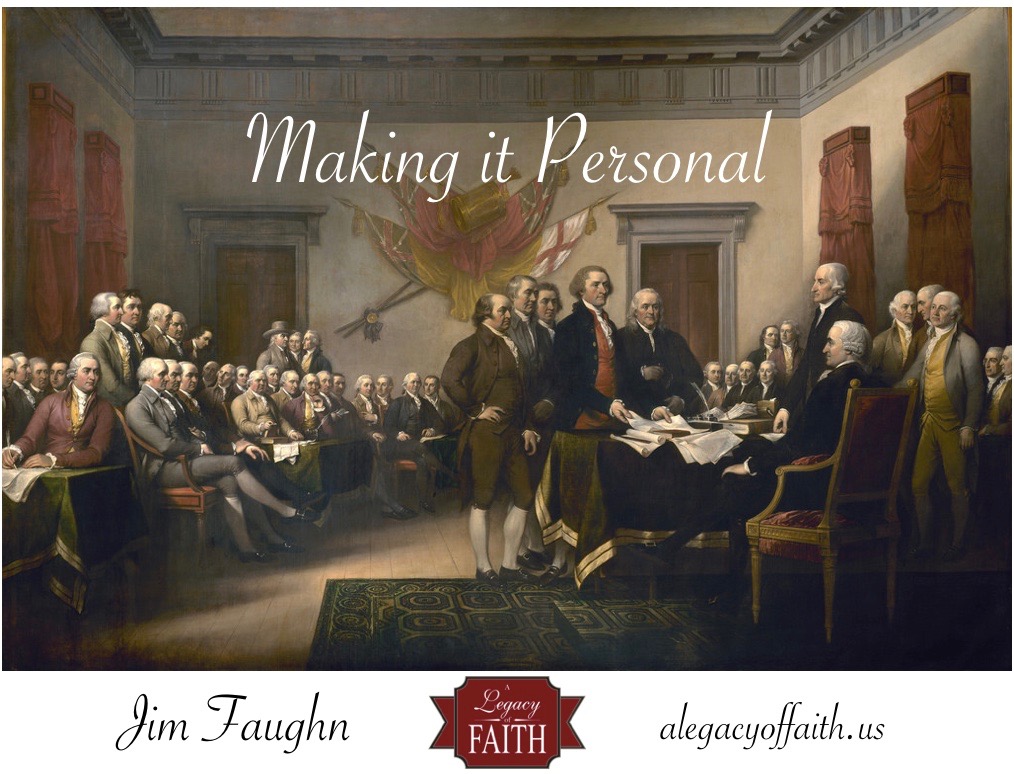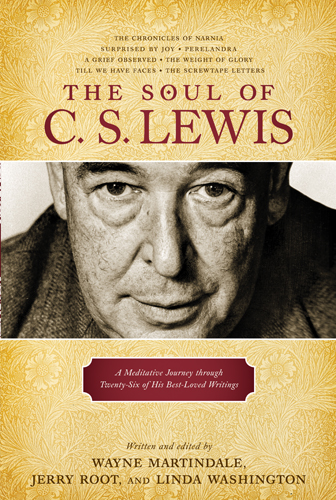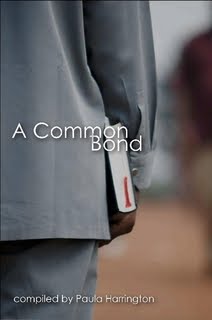Making it Personal

Recently, our daughter and her family visited Washington, D.C. During that visit, our son-in-law posted this on Facebook:
For me, the highlight of this trip will not be touring the White House, or going to the Capitol building, or seeing the monuments or museums, but right here at the National Archives, where I just looked at the original Declaration, Constitution, and Bill of Rights. I saw those documents and my spirit was moved and I shed tears. These men were traitors, risk takers, and revolutionists. They knew they were going to have to sacrifice all to achieve true freedom. They were wise enough to properly define it. They foresaw what was needed to preserve it. They were geniuses, and Bible readers, and men of principle. They were amazing individuals, who changed the course of human history. They gave me the joy of America hundreds of years before I received it. I salute them today. I salute the flag they died for. I salute the United States of America!
Their experience and his thoughts, in some ways, “dovetailed” with a book I am currently reading about the events surrounding what we now know as The American Revolutionary War. Some of what I read helped to give me an entirely different perspective on some material I thought I already knew a few things about.
I knew some of the facts and some of the dates. I even knew that, when those men signed their names to The Declaration of Independence, the great document contained these words: “…we mutually pledge to each other our lives, our fortunes, and our sacred honor.” I had even read how much some of those men sacrificed after affixing their names to that document.
However, the book I am reading has given me a reason to take another look at some of the people who lived during that time. Some of those people signed The Declaration of Independence; some did not. Some were famous; others were not. Some remained true to their commitment to the cause; others, like Benedict Arnold, did not.
The book I am reading is Killing England by Bill O’Reilly and Martin Dugard. Until I began reading this book, I never appreciated the enormous personal risk taken by George Washington. I suppose that, since I had always known the outcome of the war, it never had occurred to me what might have happened to him personally if England had won the war.
The book described the fate that would have most assuredly been that of whoever was chosen to be the Commander in Chief of the armed forces. When George Washington was eventually chosen and when he accepted that post, here, according to Killing England, is what could have (and probably would have) been in his future:
If the new commander in chief can successfully raise, train, feed, clothe, and equip an army, he must still find a way to defeat the British regulars, widely considered the world’s greatest fighting force. Should he lose, this new general will not merely be placed in captivity as a prisoner of war, he will be treated as a traitor to the British Crown and hanged for high treason. This will not, however, be an ordinary hanging. High treason is considered the greatest capital crime a man can commit against the king of England. The punishment is extraordinary, ensuring a slow and hideous death. It will begin when the accused is tied to a horse and dragged to the gallows. He will then be hanged by the neck, but cut down before he dies so that he remains alive for what comes next, which is the slicing open of his abdomen and the burning of his intestines as they dangle outside his body. Only then will this general have his head cut off. His corpse will then be cut up into four parts, all of which will be delivered to the king. But the punishment will not end there. All lands and monies will be confiscated from this unlucky man’s estate. His wife and children will be forever forbidden from purchasing property or owning a business. And, of course, if the general’s wife should also be accused of treason for conspiring with her husband, she will be burned alive.
To say the least, that is not a very pretty picture, is it? Can you think of anything that would remotely match it?
You may remember that, before our Lord was crucified, He was scourged. Have you ever given much thought to what that meant?
According to biblehistory.com, this is what happened to those experienced scourging:
The Roman scourge, also called the “flagrum” or “flagellum,” was a short whip made of two or three leather (ox-hide) thongs or ropes connected to a handle as in the sketch above. The leather thongs were knotted with a number of small pieces of metal, usually zinc and iron, attached at various intervals. Scourging would quickly remove the skin. According to history the punishment of a slave was particularly dreadful. The leather was knotted with bones, or heavy indented pieces of bronze.
Sometimes the Roman scourge contained a hook at the end and was given the terrifying name “scorpion.” The criminal was made to stoop which would make deeper lashes from the shoulders to the waist. According to Jewish law (discipline of the synagogue) the number of stripes was forty less one (Deut. 25:3) and the rabbis reckoned 168 actions to be punished by scourging before the judges. Nevertheless, scourging among the Romans was a more severe form of punishment and there was no legal limit to the number of blows, as with the Jews. Deep lacerations, torn flesh, exposed muscles and excessive bleeding would leave the criminal “half-dead.” Death was often the result of this cruel form of punishment though it was necessary to keep the criminal alive to be brought to public subjugation on the cross. The Centurion in charge would order the “lictors” to halt the flogging when the criminal was near death.
The enemies of Jesus were not through with Him yet. He still had to go through the “public subjugation of the cross” mentioned above. I encourage those who are reading this to do their own research in order to learn more about this horrific method of capital punishment. “Man’s inhumanity to man” is clearly seen as one reads about what a condemned person experienced on a cross.
However, in the case of Jesus, it was not merely a man on that cross. The One on that particular cross was deity in human form.
As tempting as it is to almost deify George Washington and others who risked a great deal in order to for us to have the freedoms we enjoy today, the fact remains that they were only men. They were great men, to be sure. They were brave men. They were courageous men. At the same time, they were only men.
They were men who took a great risk.
Jesus is much, much more than a mere man. He is “…the Word [that] became flesh…” (John 1:14).
Not only is Jesus not a mere man, He did not take a risk.
If you will take the time to read Hebrews 10:1-18, you will see clearly that, before He left heaven, our Lord understood that a body was prepared for Him and that He would be the ultimate sacrifice for sin. As you read the gospel accounts of His earthly ministry, you can “see” the cross on almost every page.
I am grateful to those who fought and sacrificed for my freedom as a citizen of The United States of America. In reality, though, they did what they did for an idea, a dream, and/or a goal. They could not possibly have had me in mind as they sacrificed, fought, and, in many cases, died.
While it is true that Jesus gave Himself for “…the sins of the whole world” (1 John 2:2), the Holy Spirit inspired Paul to make it personal:
I have been crucified with Christ. It is no longer I who live, but Christ who lives in me. And the life I now live in the flesh I live by faith in the Son of God, who loved me and gave himself for me (Gal. 2:20, ESV, emphasis added).
Paul made it personal.
Have you made it personal?
What shall we say then? Shall we continue in sin, that grace may abound? God forbid. How shall we, that are dead to sin, live any longer therein? Know ye not, that so many of us as were baptized into Jesus Christ were baptized into his death? Therefore we are buried with him by baptism into death: that like as Christ was raised up from the dead by the glory of the Father, even so we also should walk in newness of life. For if we have been planted together in the likeness of his death, we shall be also in the likeness of his resurrection: Knowing this, that our old man is crucified with him, that the body of sin might be destroyed, that henceforth we should not serve sin (Romans 6:3-6).
To Receive Every Article from A Legacy of Faith through Email for Free, Click Here
AUTHOR: Jim Faughn
Photo background credit: conservativemajority on Creative Commons


